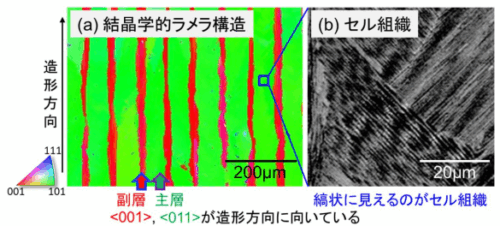2025-06-26 カナダ・ブリティッシュコロンビア大学(UBC)
<関連情報>
- https://news.ubc.ca/2025/06/how-to-cool-communities-in-the-face-of-rising-heat/
- https://auf.isa-arbor.com/content/49/6/313
都市樹木の三要素を実現する:高密度化する都市における、快適で回復力のある多様な都市林のシナリオモデリング Achieving the Urban Tree Trifecta: Scenario Modelling for Salubrious, Resilient, and Diverse Urban Forests in Densifying Cities
Sara Barron, Emily Rugel, Zhaohua Cheng, Lorien Nesbitt, Stephen Sheppard, Agatha Czekajlo and Cynthia Girling
Arboriculture & Urban Forestry Published:November 3, 2023
DOI:https://doi.org/10.48044/jauf.2023.022

Abstract
Background Urban forests can provide nature-based solutions (NBS) to complex climate-change challenges via the provision of ecosystem services such as shade and cooling that offset increased risks of chronic diseases and excess mortality. They also confer indirect health benefits by providing regulating ecosystem services that can facilitate climate-change mitigation efforts: increased shade can encourage shifts to lower-carbon transportation methods such as walking and cycling, for example. However, in order to ensure that urban forests are both resilient to threats and confer the maximum possible benefits, we must be able to project decades into the future in order to understand the implications of current urban forestry decisions.
Methods This study outlines a framework for creating urban-forest scenario models and reports the results of a case study conducted to highlight the ways in which decisions made at each stage of the scenario-development process impact its outcomes and application. Our case study focused on a neighbourhood in Vancouver, Canada, that is simultaneously undergoing urban densification and aiming to significantly increase canopy cover by 2050. Three distinct aims were identified for the case study: maximizing public-health benefits, selecting climate-resilient tree species, and integrating planting across public and private lands to advance diversity. To achieve these aims, baseline information on the neighbourhood’s existing tree network was collected, entered into GIS software, and delineated based on a set of pre-identified characteristics. Next, a list of climate-adapted species was developed. This climate-adapted species list was then virtually “planted” across the neighbourhood, using a combination of machine-based and manual planting techniques. Finally, the resulting scenario model was quantitatively assessed to understand its composition and impacts.
Results Our study demonstrates that a salubrious, resilient, and diverse urban forest can be created via a strategic program that complements extant trees in the public domain with planting programs along blue-green streets and on private property.
Conclusions Achieving the urban tree trifecta will require collaboration among municipal departments and the development of a range of public and private initiatives, but it has the potential to maximize nature-based solutions in cities facing rapid shifts due to densification and climate change.



